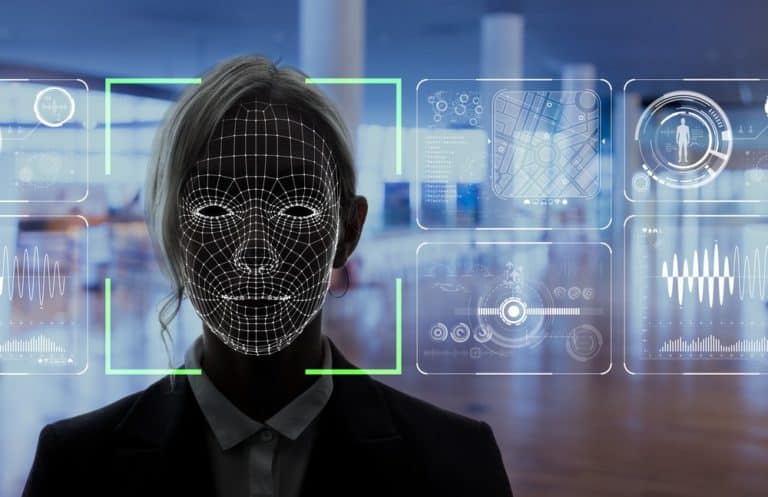IBM-CEO Arvind Krishna announced today that the company will no longer sell facial recognition services. He also called for a “national dialogue” on whether facial recognition should be used at all.
Krishna writes in a letter to the United States Congress that the company no longer wants to have anything to do with facial recognition:
“IBM strongly opposes the use of any technology, including facial recognition technology offered by other vendors, for mass surveillance, ethnic profiling, violations of fundamental human rights and freedoms, or any purpose that is not consistent with our values, and IBM will not condone it.
According to Krishna, technology, such as facial recognition, can help police in their task to protect citizens, but this technology should not contribute to inequality and discrimination. For example, vendors should test AI for bias. Researchers at MIT already concluded in 2018 that AI can learn prejudice and bias.
Facial recognition is a controversial topic
Facial recognition has been a difficult topic in IT for some time now. Many critics claim that facial recognition on a large scale violates civil rights and privacy. AI also has difficulties recognizing women and black people. In 2019, for example, it was announced that AI systems in self-driving cars had difficulty recognizing people with dark skin. In 2017, a black man discovered that the automatic soap dispenser would not provide soap as it did not detect his hands, whereas the dispenser worked fine when his white friend needed to wash his hands.
Unlawful use of facial recognition
The American company Clearview AI has been scrutinised in recent months after the company illegally extracted billions of photographs from social media to create a database for its facial recognition AI. This database could be used to identify individuals. The company sold the software to police and law enforcement agencies in America.
Last year, IBM launched a new database of facial data that the company says is ‘more diverse’ than what was available on the market at the time. IBM itself made a mistake when it used one million photos from the Flickr website to train its facial recognition AI.
